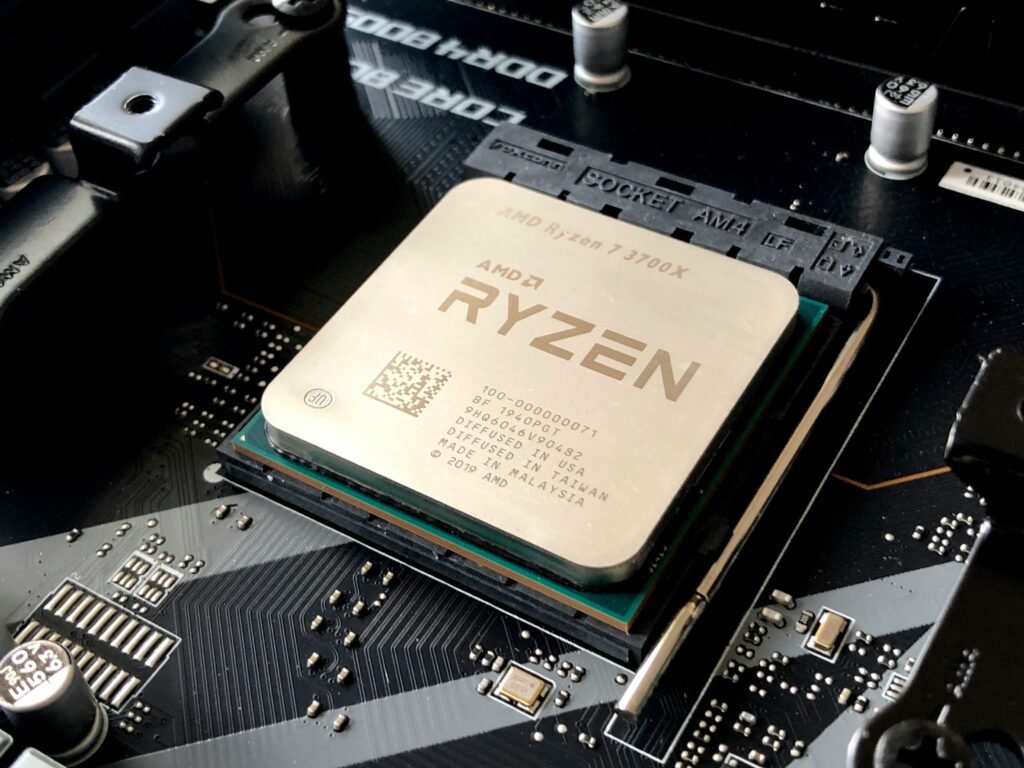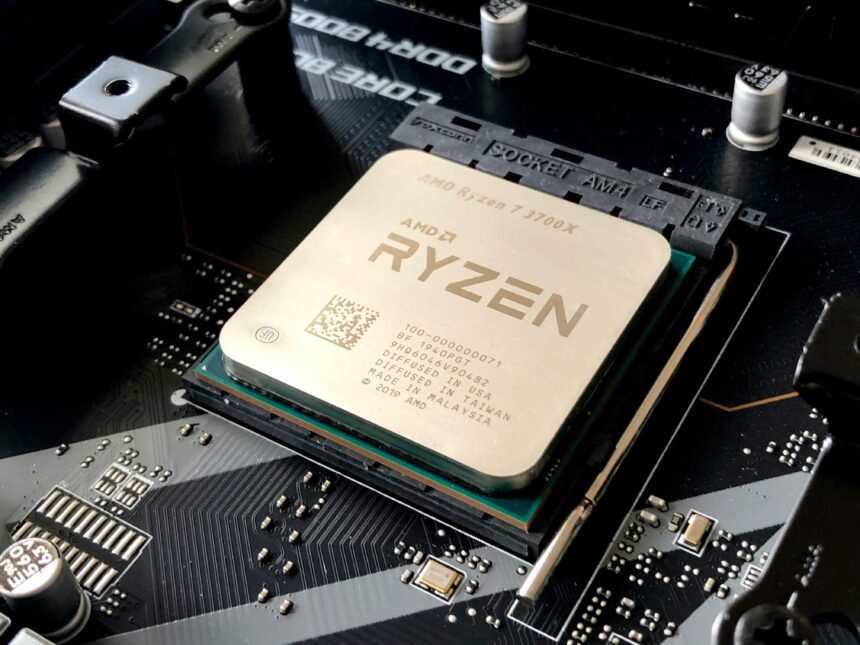
Advanced Micro Devices (AMD) and NVIDIA are two of the most prominent names in the semiconductor industry, especially when it comes to graphics processing units (GPUs). While NVIDIA has maintained a dominant position in the GPU market for years, AMD has been steadily closing the gap. To surpass NVIDIA, AMD needs to focus on several strategic moves and technological innovations that can set it apart in the highly competitive landscape of computing and gaming. Here’s a look at how AMD can outpace its rival.
1. Technological Innovation and Performance
One of the most critical areas where AMD can surpass NVIDIA is through continuous technological innovation and performance improvements. AMD’s Radeon RX series has already shown impressive gains, but there’s always room for more:
- Architectural Advancements: AMD should continue to innovate its GPU architectures, focusing on improving power efficiency, performance, and thermal management. Innovations like the RDNA architecture have already shown promise, and further advancements can help AMD offer more powerful and efficient GPUs.
- Ray Tracing and AI: NVIDIA has been a leader in incorporating ray tracing and AI technologies into its GPUs. AMD must continue to develop and optimize its ray tracing capabilities and AI-driven features to match or exceed NVIDIA’s offerings.
- Software Optimization: Performance is not just about hardware; software plays a crucial role too. AMD should invest in robust driver support and optimization tools that enhance performance and stability across various applications and games.
2. Competitive Pricing and Value
AMD has often been praised for offering competitive pricing compared to NVIDIA. To attract more consumers, AMD can focus on providing better value:
- Price-to-Performance Ratio: By ensuring that their GPUs offer superior performance at competitive prices, AMD can attract more gamers and professionals who are looking for the best bang for their buck.
- Bundled Offers: Offering attractive bundles, such as including popular games or software with GPU purchases, can make AMD’s products more appealing.
3. Expanding Market Segments
Diversifying into new market segments and expanding its presence in existing ones can provide AMD with a broader customer base:
- Data Centers and AI: While NVIDIA has a strong foothold in the data center and AI markets, AMD can leverage its EPYC CPUs and Radeon Instinct GPUs to capture more of this lucrative segment. Collaborating with major cloud providers and AI researchers can also help AMD gain traction.
- Professional Graphics: AMD should continue to strengthen its position in the professional graphics market, targeting industries such as CAD, video editing, and 3D rendering, where NVIDIA’s Quadro series is dominant.
4. Strategic Partnerships and Collaborations
Building and maintaining strategic partnerships can enhance AMD’s market position:
- OEM and System Integrators: Strengthening relationships with OEMs (Original Equipment Manufacturers) and system integrators can help AMD secure more design wins for gaming laptops, desktops, and workstations.
- Game Developers: Collaborating closely with game developers to optimize games for AMD hardware can ensure that titles run exceptionally well on Radeon GPUs, enhancing the overall gaming experience for AMD users.
- Industry Collaborations: Engaging in partnerships with tech giants and research institutions can foster innovation and help AMD stay at the forefront of emerging technologies.
5. Marketing and Brand Perception
Effective marketing and improving brand perception are essential for gaining market share:
- Clear Messaging: AMD should emphasize its strengths and innovations through clear and consistent marketing messages. Highlighting the advantages of AMD GPUs in terms of performance, value, and innovation can attract more consumers.
- Community Engagement: Building a strong community around its products, through forums, social media, and events, can help create loyal customers who advocate for AMD.
- Success Stories: Showcasing success stories and case studies where AMD hardware has outperformed competitors can build credibility and attract new customers.
6. Robust Product Ecosystem
Creating a robust ecosystem of products that work seamlessly together can enhance user experience and loyalty:
- CPU and GPU Synergy: Leveraging the synergy between AMD’s Ryzen CPUs and Radeon GPUs can offer performance benefits that attract gamers and professionals looking for optimized builds.
- Software Ecosystem: Developing and maintaining software solutions, such as AMD Adrenalin drivers and Radeon Software, can provide added value and improve user experience.
7. Focusing on Innovation and Research
Continuous investment in research and development (R&D) is crucial for staying ahead of the competition:
- Emerging Technologies: AMD should focus on emerging technologies such as quantum computing, advanced AI, and machine learning. By being at the forefront of these fields, AMD can develop new products and solutions that open up additional revenue streams.
- Sustainable Practices: Investing in sustainable technologies and manufacturing practices can appeal to environmentally conscious consumers and investors, setting AMD apart as a responsible leader in the industry.
Surpassing NVIDIA in the GPU market is no small feat, but with strategic moves, continuous innovation, and a keen understanding of market dynamics, AMD can achieve this goal. By focusing on technological advancements, competitive pricing, market expansion, strategic partnerships, effective marketing, a robust product ecosystem, and sustained innovation, AMD can not only compete with but potentially outshine NVIDIA in the coming years. The journey will require relentless effort and strategic vision, but the rewards could be significant for AMD and its stakeholders.




